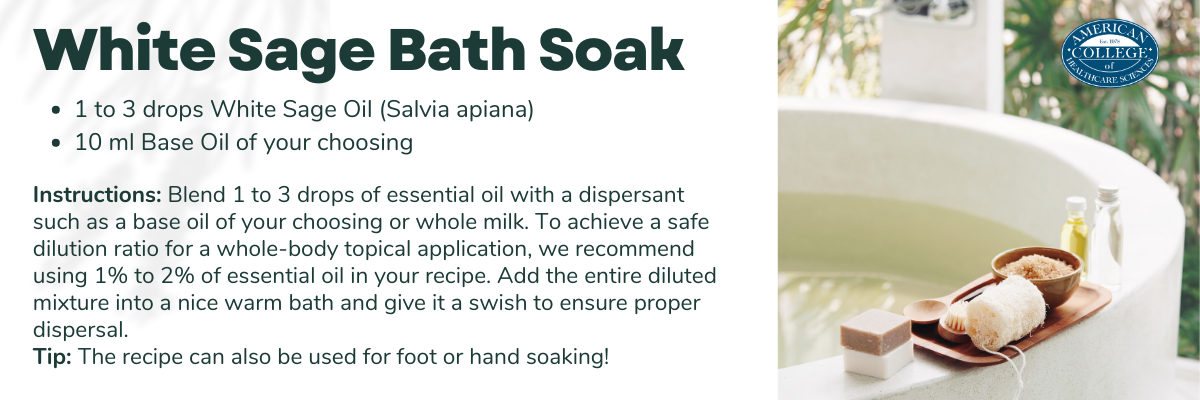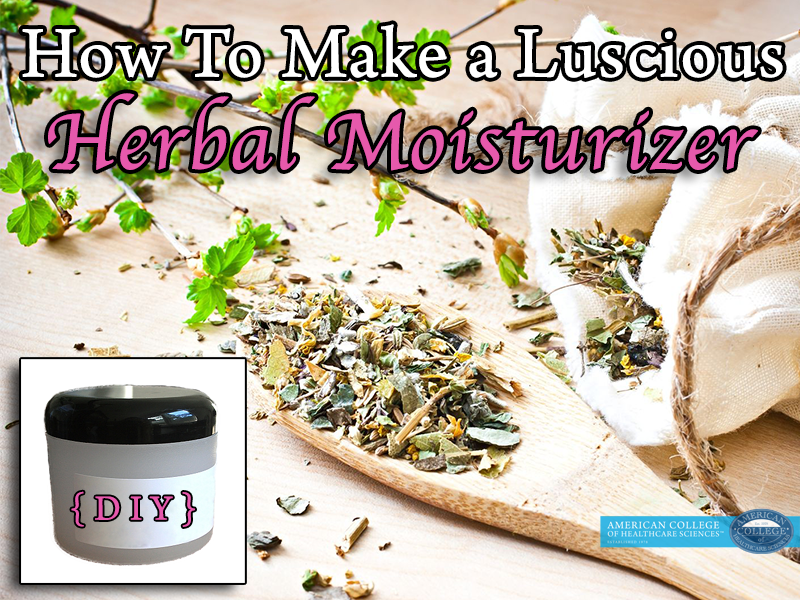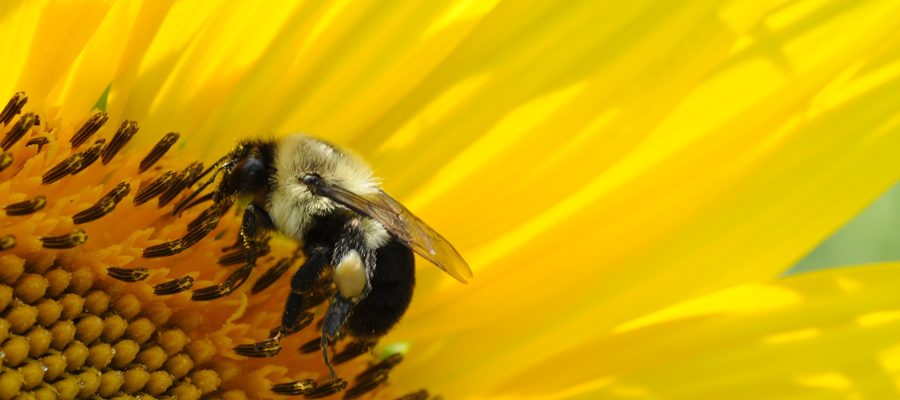How To Use White Sage Oil
White Sage Oil Salvia apiana is a unique essential oil that loves to grow in the hot sun of southern California. While this is a "sage" oil, White Sage Oil has a more intense aroma than traditional Sage Oil Salvia officinalis. We have put together a few of our favorite recipes to use this precious oil to truly receive its therapeutic benefits.
.png?width=1200&height=75&name=Cultural%20and%20Sustainability%20Guidelines%20%20%20(1200%20%C3%97%2075%20px).png)
At ACHS we value White Sage's cultural and historical significance. We ensure our organically-grown White Sage essential oil is sourced from a small family-owned Californian farm that grows and distills its crop from its own seeds. Over-harvesting of wild White Sage not only puts this plant at risk but disregards its cultural and spiritual significance. To show respect for its heritage and support its survival, we encourage cultivating White Sage or buying it from reputable sources, as advised by the California Native Plant Society. We take pride in preserving this sacred plant's cultural importance and invite you to join us in our efforts.
White Sage Recipes

White Sage Bath Soak
For general external use
Ingredients:
- 1 to 3 drops White Sage Oil Salvia apiana
- 10 ml Base Oil of your choosing
Instructions: Blend 1 to 3 drops of essential oil with a dispersant such as a base oil of your choosing or whole milk. To achieve a safe dilution ratio for a whole-body topical application, we recommend using 1% to 2% of essential oil in your recipe. Add the entire diluted mixture into a nice warm bath and give it a swish to ensure proper dispersal.
Tip: The recipe can also be used for foot or hand soaking!

White Sage Roller Bottle Recipe
Topical application use
Ingredients:
- 3 drops White Sage Oil
- 10 ml (1/3oz) Jojoba Carrier Oil or base oil of your choosing
Instructions: Combine essential oil and carrier oil into a glass roller bottle
Safe Usage Recommendation Tip: When using essential oils topically, it is always important to test over a 24-hour period in 3 to 4 topical applications to ensure there are no allergies.
White Sage Ointment
For topical support
Ingredients:
- 1 ½ teaspoons White Sage essential oil
- 1 pound Anhydrous Lanolin
- ¼ to ½ ounce Beeswax (grated preferred)
Supplies:
- Double boiler pot or stainless steel bowl
- Spatula for scraping.
- Chopstick or old wooden spoon for stirring
- Sterile jars for storing the ointment
Instructions:
- Melt lanolin in a stainless-steel bowl over a pot of hot water or in a double boiler. Always use a double boiler to heat lanolin and oil
- Add the grated beeswax, varying the amount depending on how firm the final ointment needs to be.
- Check the consistency by dipping a teaspoon into the hot mixture and placing it in the freezer for five minutes. If it's too stiff, add more lanolin or oil; if it's too thin, add more beeswax. The consistency can be affected by humidity.
- Add the essential oil, then let the mixture cool until it is safe to handle.
- Stir and pour the mixture into sterile jars (stirring ensures that the tincture or essential oil does not settle on the bottom).
- Let the mixture cool before putting on the lid.
Notes: Using a double boiler pot, place water in the larger container. Place all ingredients in the upper bowl and heat up water on the stove. It is fine if the water boils; just ensure the bowl does not contact the bottom of the pan. Always use a double boiler to heat lanolin or oil, never exposing it directly to heat. Use a spatula to stir while warming and for scraping the product into desired container(s).
Substitutions: you may use a stainless steel pot in place of the double boiler as needed.
White Sage Ointment - Without lanolin and beeswax
Ingredients:
- 1½ teaspoons White sage essential oil
- 8 ounces of High-quality cold-pressed base oil such as olive oil or sweet almond
- ¼ to ½ ounce Candelilla (adjust quantity as needed to obtain desired consistency)
Instructions:
- Heat the olive oil over hot water or in a double boiler.
- Add the candelilla wax, varying the amount depending on how firm the final ointment needs to be.
- Add the essential oil and stir well.
- Pour into sterile jars and cool before putting on the lids.
Candelilla wax can take a few days to harden. Adjust the time as required to achieve the desired consistency. For ointments and salves, check the consistency by dipping a teaspoon into the hot mixture and placing it in the freezer for five minutes. If it’s too stiff, add more oil; if it’s too thin, add more candelilla wax. The consistency can be affected by humidity.
Tips for a successful ointment:
- Read through the recipe carefully, at least twice before starting.
- Have a sink full of hot, soapy water for the dishes and equipment. The ointment mixture can be difficult to remove once it cools and dries.
- Assemble all the ingredients and equipment in advance.
- Handling lanolin can be messy, so some people prefer to make oil-based ointments.
- Use common sense when making an ointment. Wear gloves when handling hot pots. Keep children out of the cooking area. Let oil and lanolin cool before handling.
- Ensure the preparation area and equipment are clean and as sterile as possible.
- Wash your hands frequently.
Safety Guidelines Regarding the Use of White Sage
As a general safety precaution, always take great care when using essential oils that have more than 10% 1,8 cineole. Essential oil of white sage contains 1,8 cineole ranging from 24.6 to 71.7%. Note 1,8 cineole is also called eucalyptol or cajuputol. Children are susceptible to 1,8 cineole. Always check the percentage of 1,8 cineole in essential oils. If 1,8 cineole is above 10%, note the following safety precautions:
- Do not apply full strength to the face, eyes, or nose.
- Avoid diffusion for longer than 15 minutes in a well-ventilated room for children under 10 years of age.
- Do not apply, even diluted, to the face or nose of infants or children under 10 years of age.
In this micro-credential, you will learn about White Sage essential oil. This course discusses the benefits, safe and effective uses, and cultural and historical significance of white sage.
This course also covers important sustainability issues with white sage and why using only cultivated sources is essential to the future of this plant. By completing this course, you will be to advance the sustainable use of white sage in the herbal medicine and aromatherapy industry.
This micro-credential is divided into modules and is designed to take approximately 5 hours to complete.
Bonus Practical: Shop cultivated, organically grown, pesticide-free white sage essential oil online here to accompany this course. Use code WHITESAGE20 to save 20%.
Upon completion of this course, you will receive a micro-credential certificate and verified digital badge you can add to your resume or LinkedIn profile to showcase your expertise and knowledge of White Sage Essential Oil. Enjoy your learning journey!
Enroll today! Click here

%20(1).png?width=849&height=444&name=White%20Sage%20Micro-Credential%20email%20header%20(1200%20%C3%97%20628%20px)%20(1).png)



